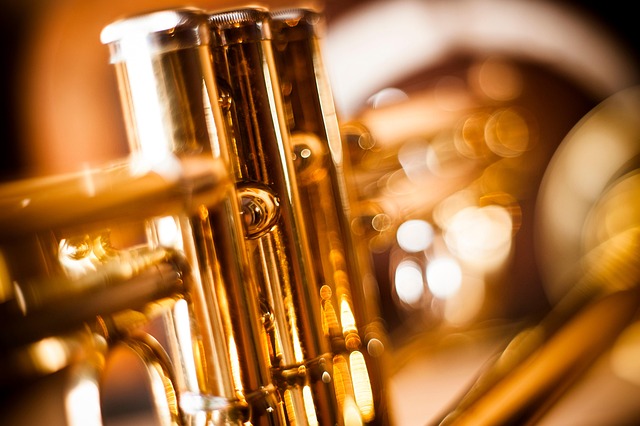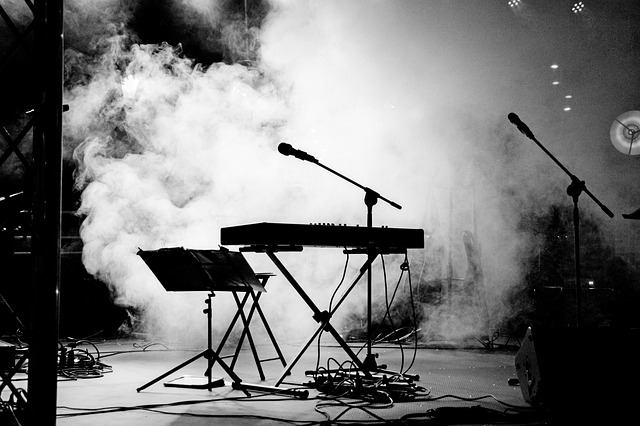
Jazz Hits Shine at Global Music Festivals 2025
Across the world, 2025 has emerged as a landmark year for the jazz community, as the genre continues to captivate audiences at major music festivals, cinematic showcases, and concert venues. From the sweeping deserts of the Coachella Valley to the historic streets of Montreux, jazz performers have graced stages alongside pop, electronic, and world music acts, creating unforgettable cross‑genre collaborations that reflect the evolving landscape of the entertainment industry.
Jazz’s Resurgence in Festival Line‑ups
The past decade has seen a steady rise in the prominence of jazz within festival programming. In 2025, the globally recognized Glastonbury Festival announced an entire “Jazz Panorama” pavilion, inviting both legendary figures and emerging artists to perform in a dedicated space. Meanwhile, the New Orleans Jazz & Heritage Festival, one of the oldest celebrations of the genre, integrated contemporary jazz fusion sets into its main stage, drawing record crowds of over 120,000 attendees.
- Glastonbury Jazz Pavilion – a curated selection of 15 acts
- New Orleans’ integration of electric jazz ensembles with traditional brass bands
- Rise of jazz‑centric side stages at festivals like Bonnaroo and Primavera Sound
From the Studio to the Stage: Recording Innovations
Jazz musicians have leveraged digital technology to broaden their reach. In 2025, a notable trend emerged: hybrid recordings that combine live improvisation with studio precision. Artists such as Kamasi Washington and Esperanza Spalding released albums featuring high‑definition audio that captured the spontaneity of live performances while offering clean mixing for home listening. These releases have found a place on streaming platforms, drawing new listeners to the genre.
“Jazz has always been about conversation,” says Washington. “The new tech lets us talk to people across continents in real time.”
The Economic Impact of Jazz in the Music Industry
The financial ripple effects of jazz festivals are significant. Ticket sales, merchandise, and sponsorship deals contribute to the local economies where festivals are hosted. In 2025, the Montreal Jazz Festival reported a revenue increase of 18% compared to the previous year, largely driven by an uptick in international touring groups. Moreover, the surge in live streaming of jazz performances has opened additional revenue streams for both artists and promoters.
Cinematic Connections: Jazz in Film
Jazz’s relationship with cinema has deepened this year. Film festivals such as Cannes and Toronto International Film Festival (TIFF) showcased new movies where jazz music is integral to storytelling. For instance, the documentary “Echoes of the Sax” chronicled the life of a contemporary jazz saxophonist and was screened at multiple festivals, receiving critical acclaim. In addition, the soundtrack of the blockbuster “Midnight Serenade” featured a jazz score that became a chart‑topping single, demonstrating how the genre can enhance visual narratives.
- “Echoes of the Sax” – awarded Best Documentary at Cannes
- “Midnight Serenade” soundtrack topping Billboard Jazz charts
- Emergence of jazz-themed short films in festival circuits
Cross‑Genre Collaborations: Jazz Meets Pop and EDM
In 2025, many pop and electronic dance music (EDM) artists turned to jazz as a fresh sonic palette. Beyoncé’s “Renaissance” tour featured a jazz trio improvising over her hits, while the DJ duo Above & Beyond released a remix of a Miles Davis classic that fused trance beats with bebop solos. These collaborations have broadened jazz’s appeal, attracting younger audiences who might otherwise not attend a traditional jazz concert.
Educational Initiatives and Youth Engagement
Jazz education has received a boost from new initiatives worldwide. In France, the “Jazz Academy” launched a scholarship program for under‑age musicians to study with world‑renowned teachers. Meanwhile, in the United States, the National Endowment for the Arts funded community outreach projects that bring jazz workshops into public schools. Such efforts ensure that the next generation of listeners and performers remains connected to the genre’s rich heritage.
Environmental and Social Responsibility in Jazz Events
Festival organizers in 2025 emphasized sustainability. Many venues adopted green energy solutions and waste‑reduction programs. For example, the Jazz Festival in Cape Town introduced a “no‑plastic” policy and partnered with local NGOs to preserve marine life. These measures not only protect the environment but also resonate with the values of jazz audiences, who often appreciate the genre’s ethos of authenticity and social consciousness.
Future Outlook: Trends to Watch
Looking ahead, several trends are expected to shape jazz’s trajectory:
- Virtual reality (VR) jazz concerts that allow immersive, 360° experiences
- Expansion of jazz residencies in global pop markets, such as Tokyo and São Paulo
- Increased cross‑disciplinary projects combining jazz with dance, theater, and visual arts
- Data‑driven audience analysis to tailor setlists and stage designs for specific demographics
Conclusion: A Vibrant Future for Jazz
2025 has proven to be a pivotal year for jazz, cementing its place as a versatile and influential force in the entertainment industry. Whether through festival performances, cinematic soundtracks, or innovative collaborations, jazz continues to push boundaries while honoring its foundational roots. As technology, economics, and cultural dynamics evolve, the genre remains poised to inspire, challenge, and unite audiences worldwide.


